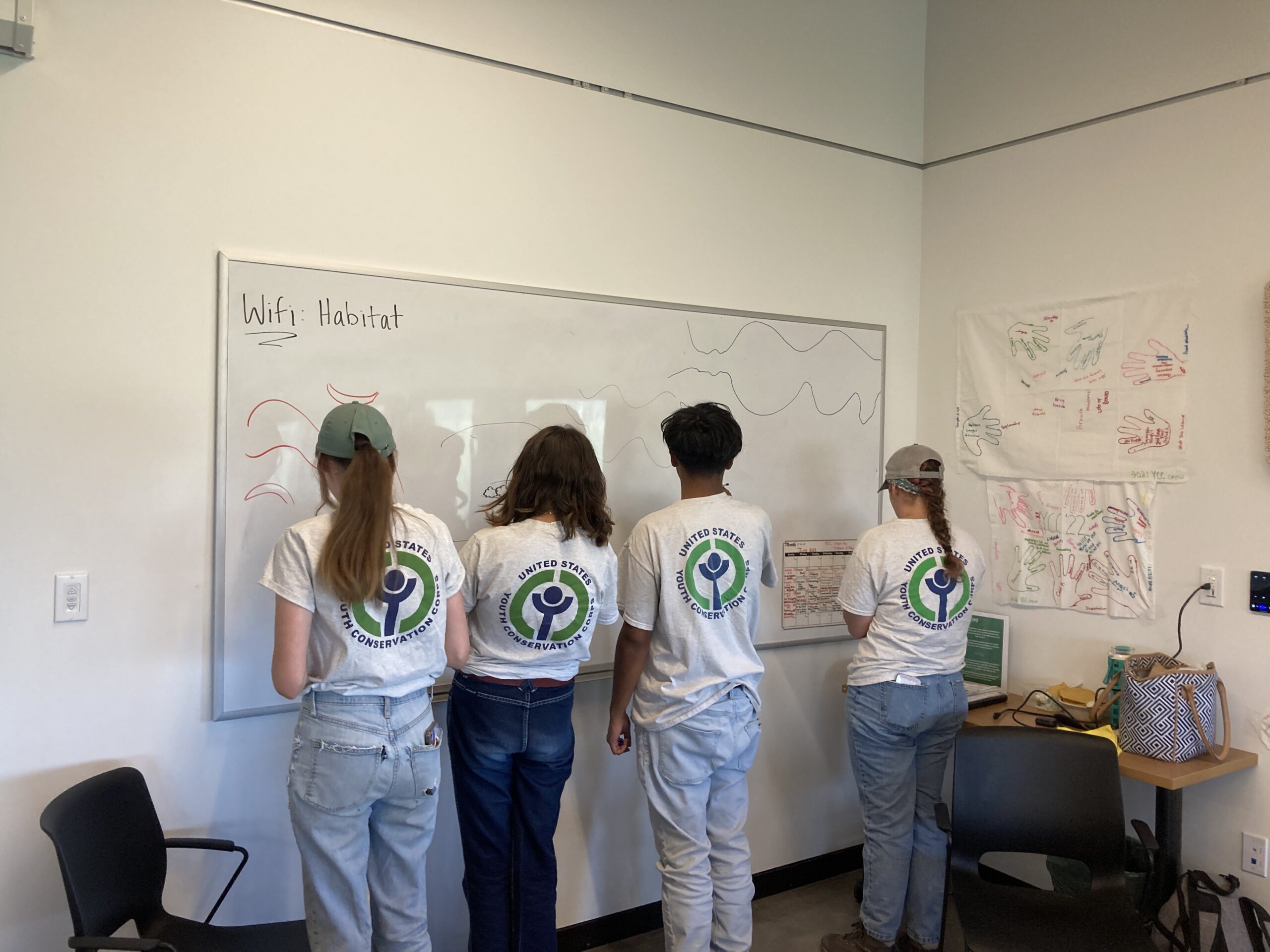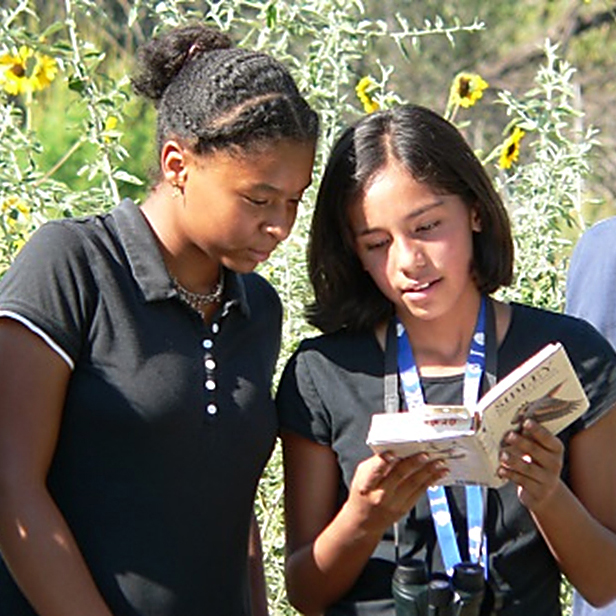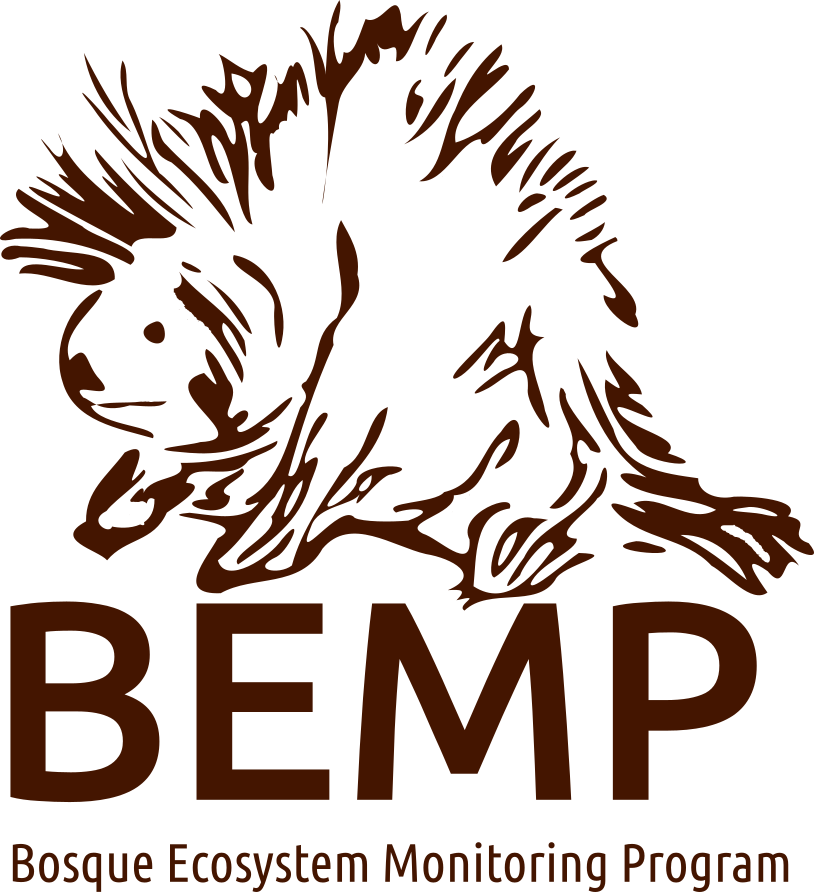Education
There are 4 AMAZING ways
your students can be part of BEMP:
your students can be part of BEMP:
Interested in scheduling a session with BEMP? Look at the calendar and fill out the form on the BEMP Bookings page.
1. On Campus
Learn about changes in the ecosystem through nature journaling, data collection, and bosque history on your school campus. BEMP educators will lead students through various activities that allow them to explore the nature around them and what nature means to them.

2. In Field
Our in field sessions consist of monthly data collection or one time study sessions where students learn how to collect various types of data in the bosque and what it means to be a community scientist.

3. 7th Grade Program
Our 7th grade program is focused towards Rio Grande cottonwood, a keystone species of our bosque, and what resources are available in the bosque for them. This is a three part series both on your school campus and in the bosque.

Culminate your students learning experience with an optional student leadership and presentation component that they will present at either the Crawford Symposiuim and/or the Luquillo-Sevilleta Virtual Symposium
4. Asynchronous Lessons
For at home/school activities, visit our Education Resources Page!
River of Change
Adapted from the Bosque Education Guide, learn what the Rio Grande and its bosque looked like 2000 years ago (Rio Bravo), what caused it to look the way it does today (Rio Manso), and what it could look like in the future (Rio Nuevo).
Explore what BEMP is doing to monitor the Rio Grande and its bosque, while discovering your own ways to improve the health of our ecosystem.
Stormwater Science
This program teaches that the health of the Rio Grande is directly tied to the health of its surrounding watershed and arroyos. Students investigate how a storm impacts river health by looking at a watershed model with different sized communities and the pollution each one produces.
Encourage students to learn about stormwater drainages in Albuquerque, how that affects our Rio Grande, and what you can do to help limit pollution in the river!
Lesson 1
Follow this worksheet (in English or Spanish) as you watch this Stormwater Science video (Part 1) to learn more about watersheds and other water concepts.
...
Lesson 3.1
Follow this worksheet (in English or Spanish) as you watch this Stormwater Science video (Part 3.1). This video will go over where all the water goes after a storm event, the difference between permeable and impermeable surfaces and the problems of flash flood events.
Lesson 3.3
Follow this worksheet (in English or Spanish) as you watch this Stormwater Science video (Part 3.3). This video will continue to explore how the imaginary watershed model changed AFTER the storm event through data visualizations to better understand how storms might impact the overall water quality of the river.
ENVIRONMENTAL JUSTICE AIR QUALITY PROGRAM
Educating our youth and community about the health of the air we breathe is a primary goal of the Environmental Justice Air Quality (EJ Air) team. To achieve this, we are partnering with several organizations to create an outdoor education program centered around air quality monitoring.
To schedule a class or for more information please reach out to BEMP educator, Shelby Bazan, at shelby.bazan@bemp.org.
BEMP students gain scientific literacy through participation in real world science.




“BEMP gave me the opportunity to translate my love for the place I live into useful action generating knowledge about it. As a younger student, I learned methods of ecological inquiry; as a college intern, I had the opportunity to design my own research projects and ask my own questions. I am so grateful to BEMP for being the catalyst of my scientific career.” Rowan Converse, former BEMP student participant, college intern, and now wildlife biologist.


